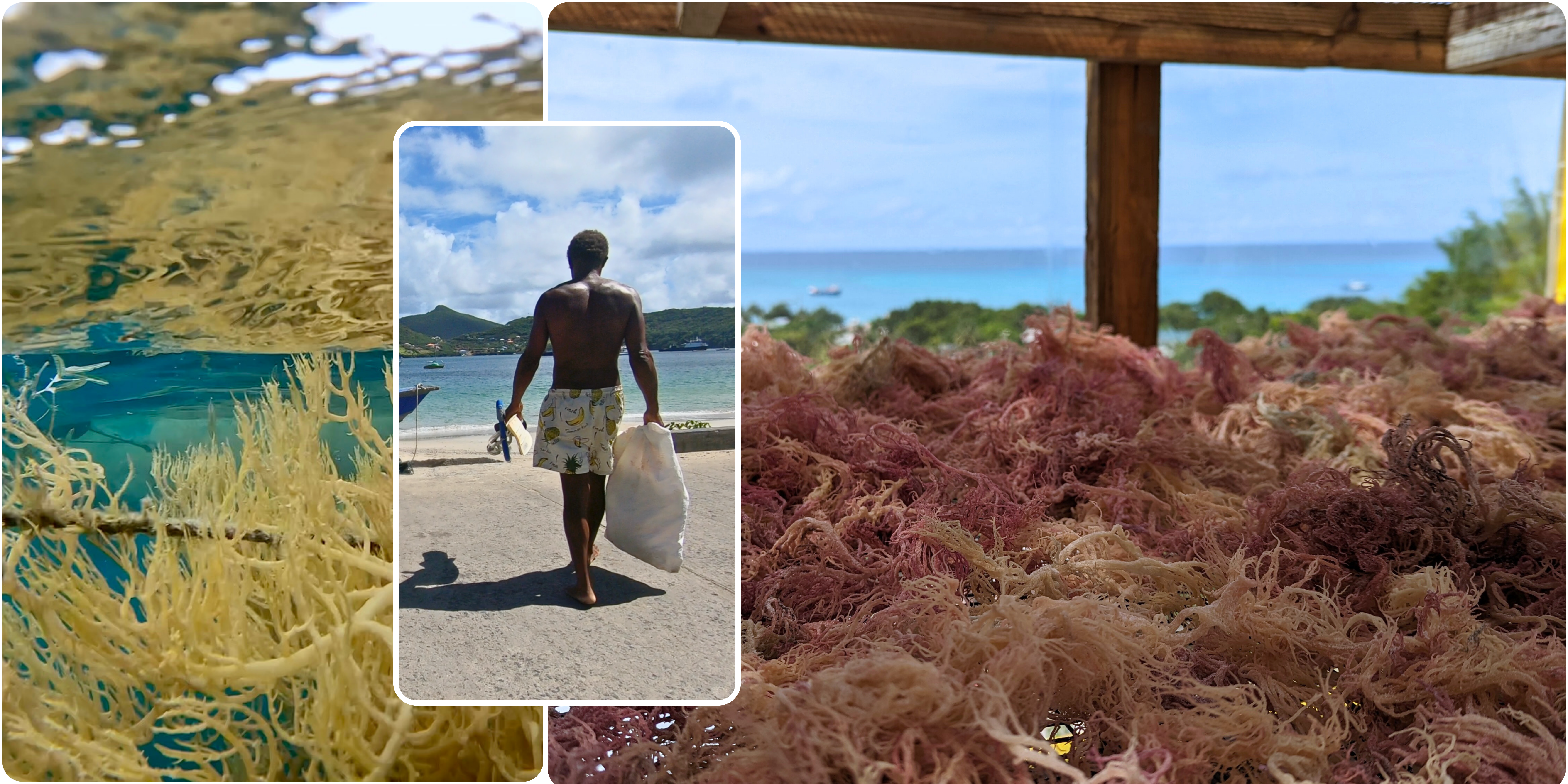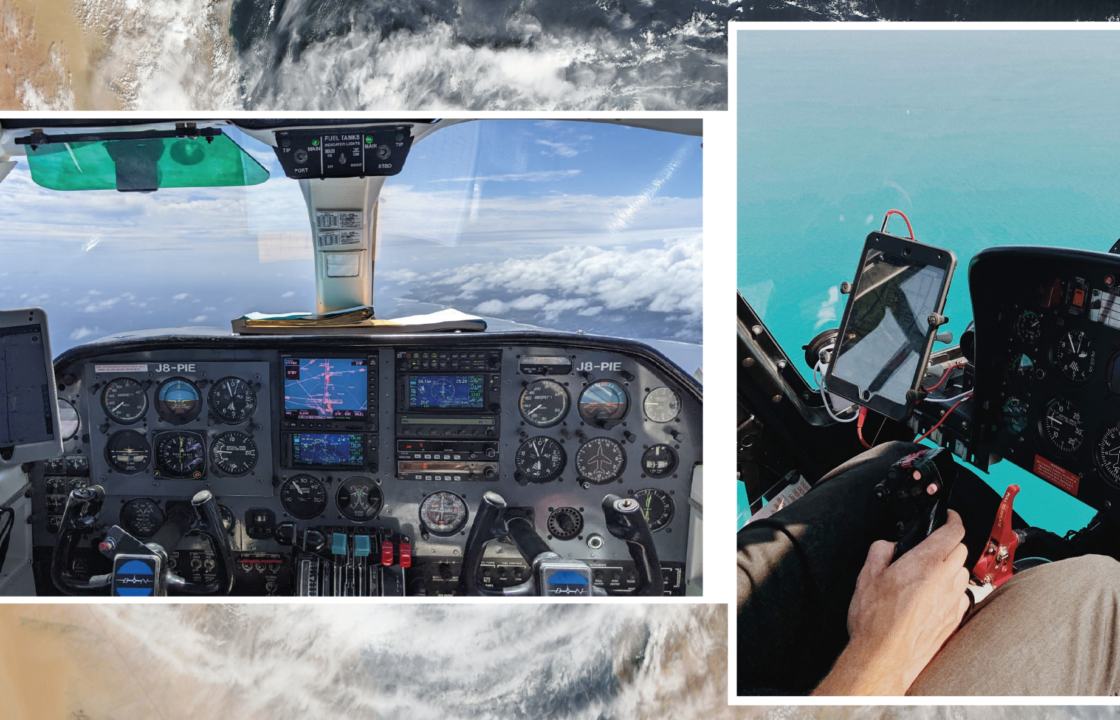Sea Moss Boss: Local Wellness Traditions in the Global Marketplace
No matter what part of the world you are from—-and no matter how landlocked—you might have heard about the latest new superfood trend to hit the global market: Sea Moss.
Here in the West Indies, sea moss has been a popular ingredient in local drinks and blends for decades. SeaMoss Boss is a father-daughter team and one of St. Vincent and the Grenadines’ premier cultivators and exporters of the nutrient-dense algae.
Join us as Sea Moss Boss cultivator Junior takes us on a tour of the company’s aquatic farm on the Grenadine island of Canouan. Afterwards, we’ll speak with his daughter Shevorne, the logistical mastermind who ensures that this high-quality artisanal product arrives safely to you, wherever you might be.
Junior grew up drinking sea moss infused goat milk in Canouan, and considers it a staple part of the islanders’ traditional diet. He didn’t start farming this key Caribbean ingredient, however, until the COVID-19 pandemic shut the island’s tourism sector down for nearly two years, forcing many of Canouan’s 12 000 residents to look for alternative sources of income.
It was Shevorne, having moved to Miami, who broached the business idea to her father. The two decided to form a team, alongside her mother. Junior, being in Canouan, became the man on the ground—-or in this case, in the water. The farm is located in a small corner of Charlestown Bay, and consists of a system of floating cultivation ropes sustainably anchored to the sea floor.
Sea moss cuttings are tethered to the ropes, and soon propagate large gelatinous tendrils that sway in the currents. Junior tends to the farm daily, harvesting but also repairing the roping system if need be. We do get a lot of sunshine in St. Vincent and the Grenadines, but when storms do pass by, there is considerable oceanic turbulence!
The sea moss grown at the SeaMoss Boss farm is of two varieties. When dried, these two varieties turn into three colours: Gold, purple and green. Gold and green are distinct sea moss varieties, but if the gold sea moss is left to mature, it will turn purple. Think of a green pepper and how it ripens to red!
The sea moss grows on the rope system for (TIME) in the crystalline sea water, without any sort of fertilisers or additives present at any stage of the process. It is then hand-picked by Junior, loaded into sacks, and then transported to the drying and processing centre in the hills above Charlestown.
At the processing centre, the gold sea moss is put through a multi-stage drying process. The first step of the process involves creating a contained high heat-and-humidity environment for the sea moss to rest in for several days. This process lightens the moss to its characteristic pale gold colour.
Purple seaweed will also turn pale gold if put through this initial step, so Junior ensures it skips this stage. The purple colour is the result of additional nutrients, after all! After the first phase, the processed gold and unprocessed purple sea moss are air-dried together in the sun.
But what about that green sea moss that we told you about earlier? Well, it gets extra-special treatment, due to the delicate chlorophyll it contains. It is air dried in the shade, blowing gently in the trade winds on a dedicated coconut tree.
While the sea moss is being grown, dried and packaged in Canouan, Shevorne is busy in Miami. Miami has become the shipment centre for international deliveries, but the sea moss has to leave the shores of St. Vincent and the Grenadines first. And to do that? SeaMoss Boss sends their products to the main island of St. Vincent for the certification and approvals process that then lets it get en route to the USA – and to you!
Shevorne and Junior’s wealth of experience in this business means that they are currently starting an association to help boost sea moss production by sharing what they know with others.



